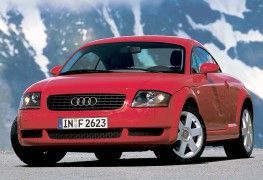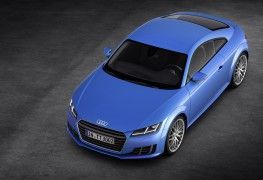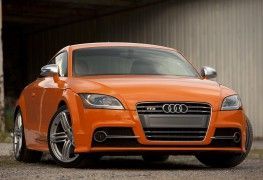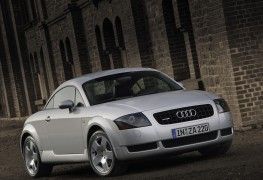And with the Audi TT operation was not going to be different. Although in 1995 was still preparing the presentation of the concept model of the coupe, the American design department and the Ingolstadt Audi were already working on possible derivatives of the compact segment coupe.
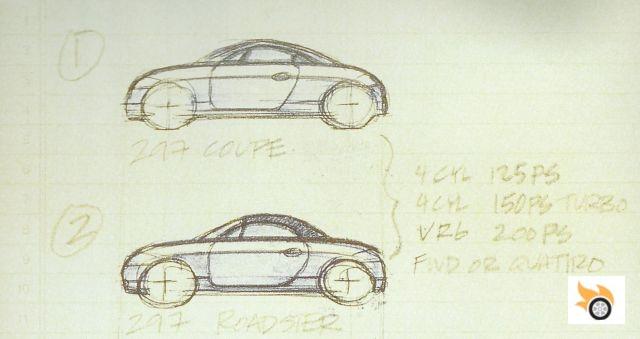
The Audi project "297", the internal code assigned to the TT project, had two commercial models as its starting point. Already in 1995 it had been decided, as we told you yesterday, that the TT coupe would have an extra rear side window, designed by J. Mays, to achieve a more dynamic look and congruent with the arc of the roof.
According to official documentation, the original idea was for the TT to be launched with two initial variants, a 2+2 coupe and a roadster.
The proposed model range was to start with the 125 horsepower 1.8 naturally aspirated of the entry-level model. Next would be the 1.8 Turbo of the Audi A4, with 150 horsepower as a performance variant, and at the top of the range, the naturally aspirated VR6 of VAG, a six-cylinder in narrow vane with 200 horsepower. The idea was to take the same engine that was being prepared in VAG, and then would end up under the hood of the SEAT Leon Cupra (in 204 horsepower specification) or the Golf IV among others.
It was also planned to have front-wheel drive, with the total central clutch Haldex as an option, this being standard for the most high-performance variants.
In the end, as you know, the engines would end up being quite different. The escalation in the power war of their rivals (Audi cites BMW with its Z3 and Mercedes-Benz with its SLK), made the development phase in 1996 it was decided to opt for more power. It was deemed necessary to start from 180 horsepower in the supercharged 1.8, and go up to 225 in the more powerful 1.8.
The problem, in inverted commas, is that this left out the original VR6, as it was considered redundant, heavy and unnecessary before the muscle of the 1.8 of 225 horsepower, so the six-cylinder would arrive much later to the TT, in 2003 and already with 250 horses.
The "theoretical" penalty was to lose some variants lighter and less powerful access, but focused on a playful driving, more in line with a Mazda MX-5.
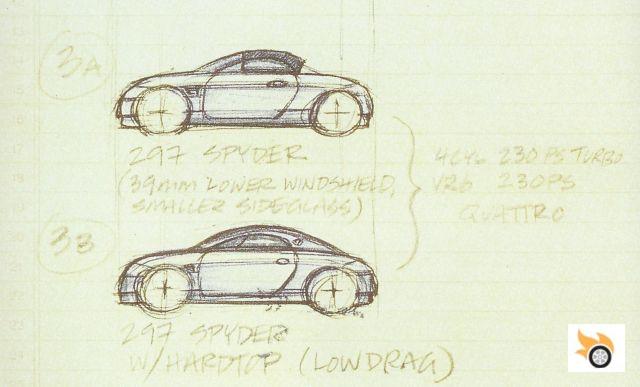
But two of the versions we are most angry about not having seen are the ones we are going to tell you about now. In the appendix of the project there was the study of two high performance versions called "Spyder".
The idea of the Spyder reminds us, and very much, to the practical application of the Porsche Boxster Spyder. Taking the frame of the TT Roadster, a lower and more inclined windshield frame was proposed. The side windows were lower, and the roof also had much to do with the Boxster Spyder, being a kind of pergola only valid for occasional rainy weather. The front wings received the same air outlet seen in the conceptual TTS Tokyo Motor Show, air outlets that would never reach the serial production.
The Spyder would also derive a "hardtop" version. Starting from the windshield of the convertible, an aluminum roof would be mounted, which would dispense with the third side window, with a roofline clearly lower than the normal coupe.
These two versions would be equipped with the 1.8 turbocharged up to 230 hp (the version of 225 that would finally reach production), and associated exclusively with all-wheel drive. As an alternative, the VR6 was also on the table, but we do not see too much logic because of the weight increase.
In fact, the approach of this model, clearly more expensive, is exposed in internal Audi documentation, which dictates that these two versions would be produced in quattro Gmbh, where the RS variants, almost almost handmade, and with lightweight materials. Come on, an answer to an SLK AMG.
Unfortunately, the TT Spyder would not make it to the market. Why? The success of the conventional variant was considered enough, and the power difference with it could not be offered. We would have to wait for the second generation of the model and the arrival of the new Audi inline five-cylinder to see a TT-RS signed by quattro Gmbh.
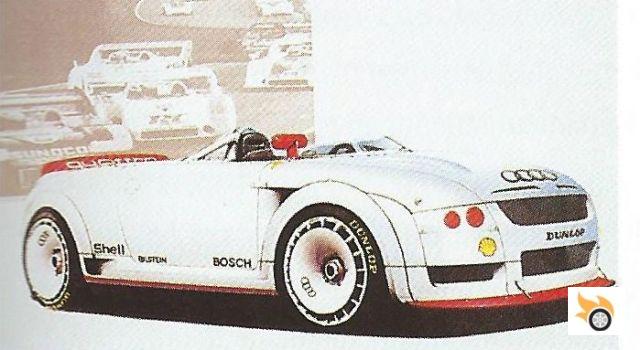
In a much more informal plan, the Audi design lab in Ingolstadt developed several sketches of possible "strange" versions. Among them we are going to highlight three.
This first is a sort of racing barqueta designed for use in a sort of one-make cup, with a "turbine style" tires well eighties. The whole car is inspired, in fact, in the Porsche 917 of the Can-Am.
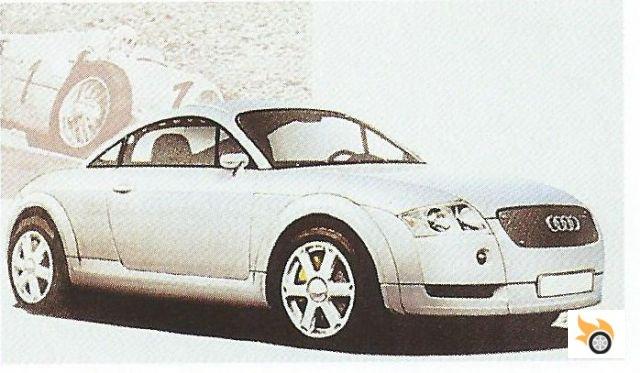
This second sketch is proposed as a special version of the TT inspired by the AutoUnion Type C competition, with the aerodynamics of the front retouched, and a specific grille.
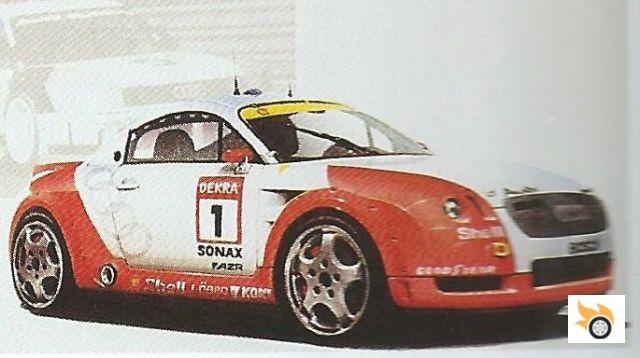
And finally there is this racing-customer. This TT makes use of the roof approach explained above, in the Spyder Hardtop. Striking is the use of the "Porsche" wheels, and other typical racing elements, including side exhaust outlets.
In fact, also roamed Ingolstadt models of the TT Spyder Hardtop TT Spyder, with "Porsche" wheels and circular taillights, emphasizing the idea of the most radical racing-customer, a kind of Audi ClubSport.
It should be remembered that soon after the TT would become the tool of Audi in the DTM, and also mutate to become a car suitable for racing the famed 24 Hours of Nürburgring.
Of all this part of the history of the Audi project 297 we are left with the desire to have seen those TT Spyder and TT Spyder Hardtop on the market, as they would have been really interesting.
